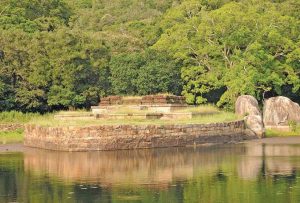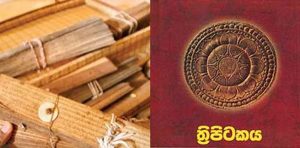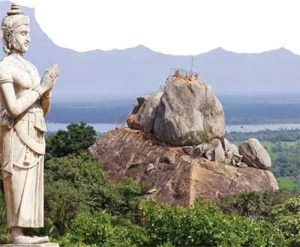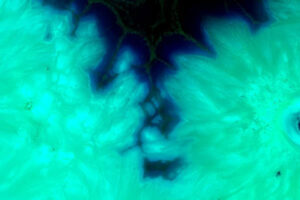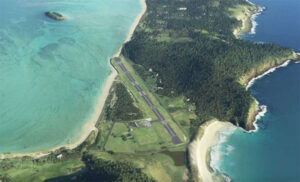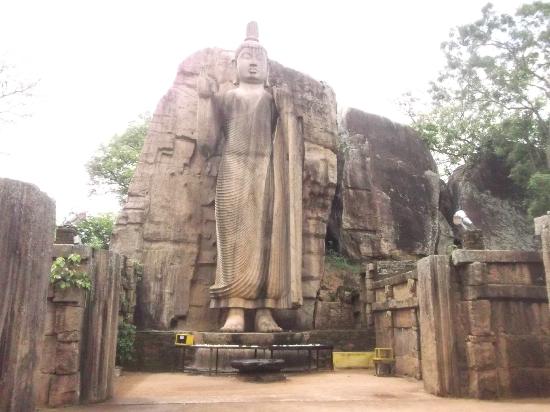
The Buddha statues were created for the first time in the world by Gandhara and the chief priest of ancient Barath Lala. In the second century, it was the common standard that the scholars accepted.
In the Kanishka Era of the Kushna Kingdom (Pushpapura), which was established in Pushpapura in the Pushpapura kingdom (2nd century AD), the Mahayana period was extended to Central Asia through the Silk Route on the Silk Route in the western Afghan Valley of Bamiyan. Historians and archaeologists have acknowledged that Mahayana Buddhism spread beyond the borders of Bharatha after Asoka (273-232 BCE) at this time.
Prior to the construction of the Maurya state, northwestern India, In 327, Macedonia’s powerful king, Alexander the Great, invaded Macedonia. So India was exposed to the West. Later, the Persians and Indians also ruled Gurdara. In the later years, after the epochal period of the Asoka Kingdom, After defeating Mauryan’s power in 1865, the first courageous frigate invaded India and invaded four other tribes from China after gaining power. They are called UH. Among those Uhs, the Kushana dynasty is among the U.S. northwestern India, which established the modern center of modern epoch, the Pakistani mansion in Peshkari.
After the early khushana dynasty, a prominent king became Kanishka in Gandara. King Kanishka was the first to build a empire in the kingdom of Bharata for a king from a foreign country. He was also a supporter of Buddhism (Mahayana). After the reign of King Asoka (273-232 BCE) In about 120 years, King Kanishka was not only established not only in Bharāna but also in foreign countries as well as in Central Asia until the end of the Mahayana Buddhism, but also in the reign of the Gandhara Art.
The image of the Buddha was firstly created in a gold coin issued by King Kanishka. He created the Buddha, and on the other side, the image of the king of Qanishva. During that king’s time, Gandhara’s art and candelabra emerged.
Though the Mahanupa and the Maha Bodhiya were designated in the plan for the great temple, Mahindodaya was not a proper reference to the making of an idyllic house. BC. Buddha statues were not available in the Asoka dynasty during the 3rd century. Buddha statues are not carved in the ancient sculptures of Guruth and Sanny. Even when there should be a Buddha statue, there are signs such as Sippa, Dharmachakra, Sathsat and Vajrasana. The sculpture of Ajaasathe worshiped a sculpture in Bhutha. It is written in the Brahmi script, ‘Bhagavatoto Wandatha.’
Dambadiva Buddha statues began after the reign of Asoka Dagabima. Accordingly, the Buddha’s idolatry began in the year. In the first century or later.
He explores the Indian arts with the inherent abilities of the Buddhist art of Maurya, Sung and Saturn. During this era, the local arts tradition developed in association with the Buddhist clergy.
Kushana era is an important period of Buddhism in Buddhism. The service of the king Dharmashoka is important for the spread of Theravada Buddhism, and the service of King Kashishka is very important in spreading Mahayana Buddhism. Mahayana Buddhism spread in North Asia and Central Asia due to the services of King Kashinsky. A pioneering mission in the art of tradition in the West, combined with the traditions of the Western world, combining the traditions of the Eastern world with the traditions of the entire Central Asian region, was a pioneer in the development of the religious and Buddhist art of King Kashka.
Accordingly, the Eastern and Eastern-bridge-bridge (bridge) was the Kanishka king of the Kushana Empire (Dambadiva Buddhist art – Dr. Ananda Guruge – p.49-51, 1962). It is designed on the sandstone of two large Buddha statues in Bamiyan in Afghanistan. These are c. In the 3rd and 4th centuries, Gandhara developed the Buddha’s custom. These Buddha statues were found in large holes in the sand and there were about a mile of temples and other Buddhist buildings around the area. These were later created by artists by Gandara. These Buddha statues and the Bamiyan priest were c. In the 7th century, the Chinese tourist monk Hushan was also noticed by his monk. The intention of creating such large scale Buddha statues is the epitaph of the Supreme Buddha’s greatness.
From this, the Gandhara sculpture model could be modeled on the Buddha statue by dressing the Greek – Roman gods’ idols. Accordingly, Gandhara created Buddha statues in the style of Apollo, a Greek god of Togo. Also, the Gandhara Buddha Statue is the image of Gandhara Buddha statue that has been depicted in the sculptures of the Greek – Solar God. When it comes to inquiring about Gandhara Buddha statues, it is very clear.
The Kingdom of Kushana By the end of the 5th century, there was a very large chapel belonging to the Mahayana Buddhist clan along the Baming valley in Afghanistan.
According to the studies carried out by the scholars, historically and archaeologically, the Buddha-like Bamiyan Buddha is not the only one to experience. The Gandhara Buddha statue is the influence of Buddha statue in Bamiyan when we look at Sri Lankan Buddha’s art. Such a proof was so far in Ceylon
